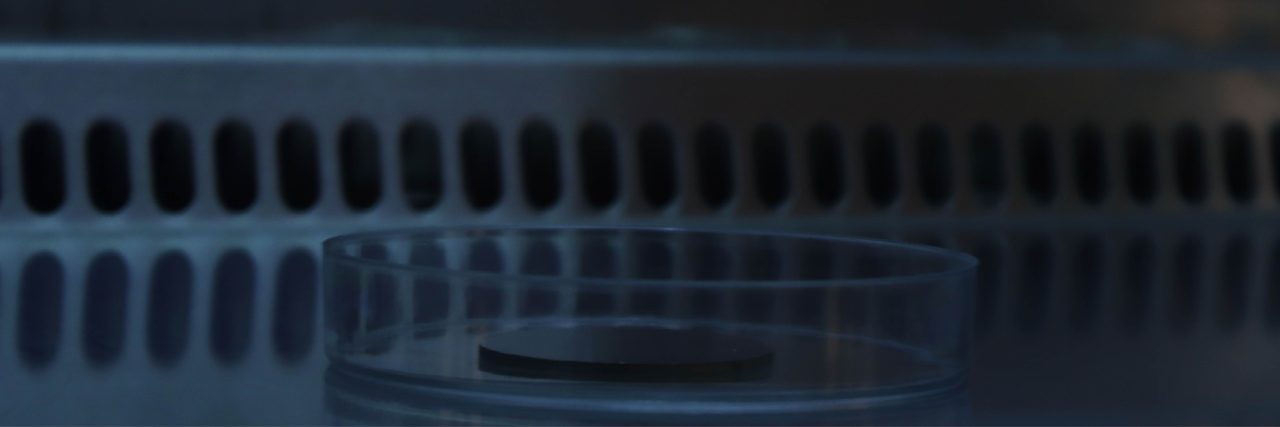“Check out this new UVC lamp I got! This could be a game changer in the disinfection market, don’t you think?” – It has been decades since Ultraviolet-C (UVC) radiation is effectively used in reducing the spread of microorganisms. Now, with the COVID-19 outbreak looming over us for the past 2 years and it does not seem to be going away, the benefits of UVC radiation in disinfections is now highly used in many disinfection technologies to kill COVID-19 virus on surfaces or even in the air.
Let’s take a look at the different types of UV radiation and how effective they can be in disinfecting our surroundings.
Types of Ultraviolet (UV) Radiation
Similar to how visible light consists of a spectrum of seven regions leading to the formation of the rainbow, UV radiation spectrum is also divided into three regions: UVA, UVB, and UVC. These different types of UV radiation differ in their wavelengths which will reflect how these rays would affect us.
| Type of UV Radiation | Description |
| UVA | – Has the longest wavelength that can penetrate deep into the layers of our skin – Causes immediate tanning effect, skin ageing, and wrinkling – Least harmful to human health |
| UVB | – Has a shorter wavelength, therefore only reaches the outer layers of the skin – Causes delayed sunburns and contributes to the development of skin cancer with prolonged exposure – More harmful and damaging than UVA radiation |
| UVC | – Has the shortest wavelength – Causes severe skin burns and eye injuries upon a very short exposure – Strongest antimicrobial properties, can eradicate various microorganisms such as bacteria and viruses |
Now we know that UVC has antimicrobial properties and can inactivate and kill various microorganisms, but the real question is how effective are they? How do we determine the efficacy of the devices in the market?
Can UVC Radiation Effectively Kill Coronavirus?
We have been noticing a high influx of manufacturers incorporating UVC technology in various devices for air and surface disinfection, sanitization of personal protective equipment, and many more. However, the question remains: how well can these UVC devices even kill viruses?
According to several studies in the American Journal of Infection Control, UVC light is proven to be effective in inactivating the SARS-CoV-2 virus that causes COVID-19. In one study, 99.7% effectiveness was observed after 30 seconds of exposure to the UVC light of 222 nm with an irradiance of about 0.1 mW/cm² (Heilingloh et al., 2020). Another study showed that low doses of UVC irradiation are also able to inactivate up to 99.9% of airborne coronavirus after 25 minutes of exposure (Kitagawa et al., 2021).
It is henceforth important to realize that in order to achieve the highest disinfection efficacy rate, the line-of-sight approach should be practiced. This means that direct exposure of the viruses to UVC irradiation is required without any level of soiling such as dust. Besides that, the type or material of surfaces can also affect the efficacy of UVC radiation in inactivating viruses. The effectiveness of UVC radiation in inactivating viruses on hard, non-porous surfaces may differ from viruses on porous surfaces such as textiles. UV light disinfection is chemical free which makes it a suitable method for applying in healthcare facilities to disinfect healthcare equipment.
How Can TECOLAB Help in Maintaining Best Usage of UVC devices?
In 2018, the standards organization ASTM International found it pertinent to release a standard practice called ASTM E3135-16 to evaluate ultraviolet germicidal irradiation (UVGI) light devices including UVC lamps that are designed to kill microorganisms on surfaces under strict conditions. This method takes into account the UV spectrum and the UVGI dose that is being exposed on the surfaces as well as including the presence of soiling which could reduce the effectiveness of UVC in killing microorganisms.
Sometimes manufacturers may find all these controls a little bit too restrictive and unnecessary for their own efficacy testing needs and if you are one of them, you have come to the right place! Our team of experts here at TECOLAB have taken this standard and made it our own to allow more room for manufacturers to explore with the objective and conditions of the test. Therefore this allows manufacturers to test their UVC/UVGI devices according to their specific conditions and application of use as well as antimicrobial claims.
For example, we can evaluate the efficacy achieved at 5 different locations of varying distance from the device to determine the most effective area for UVC disinfection. Or perhaps the efficacy achieved at a single predetermined location at different exposure time for manufacturers to determine how long their users should expose surfaces to UVC in order to achieve maximum effectiveness!

Visit here to learn more about our customized test method or contact us to let us know about your device and efficacy needs so we can design you your very own customized test method!
References:
1. Kitagawa, H., Nomura, T., Nazmul, T., Omori, K., Shigemoto, N., Sakaguchi, T., & Ohge, H. (2021). Effectiveness of 222-nm ultraviolet light on disinfecting SARS-CoV-2 surface contamination. American Journal of Infection Control, 49(3), 299-301.
2. Heilingloh, C. S., Aufderhorst, U. W., Schipper, L., Dittmer, U., Witzke, O., Yang, D., … & Krawczyk, A. (2020). Susceptibility of SARS-CoV-2 to UV irradiation. American Journal of Infection Control, 48(10), 1273-1275.

